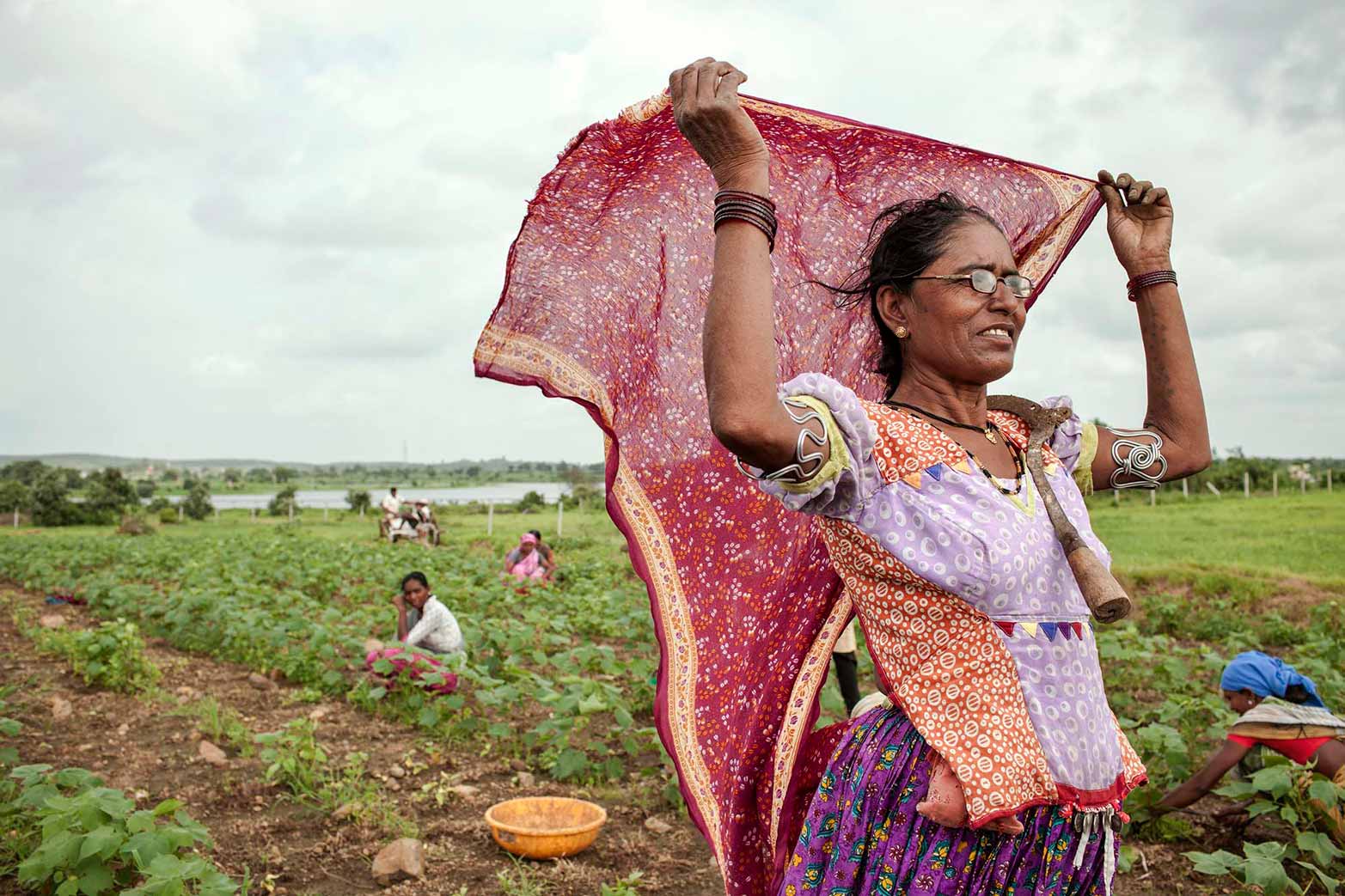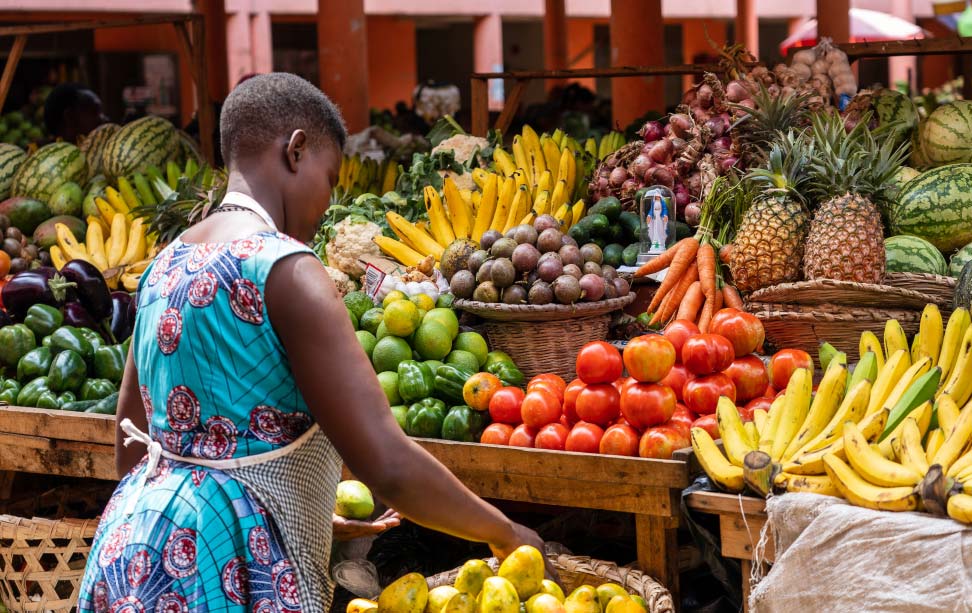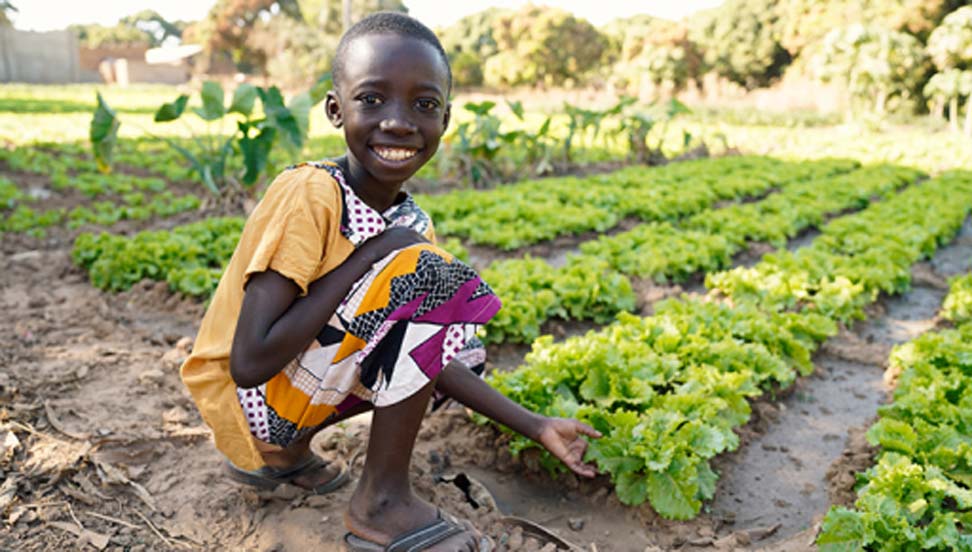Reconciling and harmonizing rural development, food security, equity and social inclusion, and conservation remains challenging for low- and middle-income countries (LMICs) as they work toward meeting the Sustainable Development Goals. Payment for environmental services (PES) offers a promising, market-based approach to these challenges, helping to encourage ecosystem service (ES) provision and improve conservation outcomes through financially rewarding small-scale farmers.
For example, the Silvopastoral Project in Colombia, funded by the Global Environment Facility and the World Bank with private sector engagement, pays farmers for converting degraded pastures into silvopastoral systems while maintaining agricultural productivity. Government-led PES programs such as Costa Rica’s National PES Program and China’s Eco-Compensation Pilot in the Xin’an River Basin provide payments to upstream farmers and communities for watershed protection.
By rewarding smallholder farmers in LMICs and other ES providers, PES can help to alleviate poverty and foster rural development, demonstrating great potential for delivering outcomes that benefit both ecosystems and communities.
Yet wider application of PES to support sustainable rural development faces obstacles— particularly limited funding, institutional sustainability issues, and high transaction costs. For example, Socio Páramo, a government-led PES program aimed at protecting high-altitude ecosystems launched in 2009 in Ecuador, lost financial support and had to abruptly halt payments in 2015. A study of the aftermath found that households experienced income losses and that trust had diminished, but the conservation continued due to community mobilization. While the effectiveness of PES has received much scholarly attention, how PES can unlock the potential to contribute to sustainable rural development has been less explored.
One promising approach is place-based PES tailored to specific local contexts in ways that leverage local opportunities and public-private partnerships to better integrate rural development and ecological sustainability. While the place‐based approach to managing ecosystem services started to emerge in the 1990s, the focus on it in PES research and practice is much more recent. This focuses on localized and networked governance that reflects the values and interests of all stakeholders, and bundling or layering various ES in the same location. Developing a better understanding of place-based PES is the goal of an ongoing project that draws on a case study of Qingshan village, China—and outlines an innovative alternative PES model that is local-scale, bottom-up, and self-financing.
Carried out by a team of researchers from Zhejiang University, Zhejiang University of Finance and Economics, Sichuan University, and IFPRI, the work started as part of the Living Labs for People (LL4P) Work Package in the CGIAR Research Initiative on Low-Emission Food Systems (Mitigate+) and now forms part of the Climate Action Science Program.
| Qingshan village, Hangzhou, China With a population of about 2,600, Qingshan lies 42 km from the city center of Hangzhou in eastern China. The Longwu Reservoir, excavated in 1981, has long been the sole source of village drinking water. A second reservoir is used by farmers. Since the 1980s, the intensive use of fertilizers and herbicides in bamboo farming, a key livelihood activity, has led to non-point source pollution, resulting in excessive levels of nitrogen and phosphorus in both reservoirs. More details here and here. |
Our review of the literature focused on the limitations of various types of existing PES models in contributing to sustainable rural development, suggesting that alternative models are needed. At the same time, recent evidence supports the idea that place-based PES that better addresses complex local conditions can improve program efficacy. In particular, PES program design can draw from community-based conservation and community-driven common pool resource governance, which emphasize a bottom-up approach to economically and ecologically balanced decision-making, social inclusion, and participatory multi-stakeholder engagement, among other things.
A key innovation of such alternative approaches is that they are community-driven. To uncover key attributes of place-based PES in Qingshan village, we employed the Louvain method (an algorithmic approach for identifying network communities) and exponential random graph modeling using information collected from historical documents, focus group discussions, key informant interviews, and workshops mapping stakeholder systems.
The PES model at Qingshan village started as a “conventional” micro-watershed water fund initiated by The Nature Conservancy (TNC) through partnerships with the Alibaba Foundation and Wanxiang Trust. Over time, the initial donor-funded approach evolved into one featuring multiple self-governed payment channels which collect and distribute financial contributions from a broad base of beneficiaries to ES providers.
This change was made possible by the allocation of one-third of the initial water fund budget to establishing a new company that provided incentives to farmers (including those not participating in the water fund trust) to adopt sustainable agricultural practices. In 2019, village residents started an e-commerce platform, operated by a company in which the village collective holds a majority stake. This platform charges fees to food services and accommodation businesses in the village—beneficiaries of improved ecosystem services—which also receive promotional support. The fees go to platform operation, to support the water fund, and to support broader environmental conservation efforts in the village.
Since 2021, the local water utility company has also contributed to the water fund. The water fee negotiations between the utility and residents (water users) were facilitated through a grassroots governing body that invited village residents to discuss village development goals and ensured that the interests of all stakeholders were considered.
These channels operate through both the water fund and the economic opportunities created within the community through agrifood value chain development and networked governance. Overall, facilitated by the place-based community-driven alternative approaches, the community was able to transform the single-channel “conventional” user-financed PES model sustained by external donations to one that involves voluntary participation of multiple actors in local value chains and both public and private stakeholders with a vested interest in rural development.
Conclusion
The initial results, suggest following principles for incubating such alternative PES models:
- Combining community-based and public-private partnership models with PES (community-driven; government support and civil society facilitates)
- Community-defined explicit integrated goal of economic development and eco-environmental conservation
- Blended sources of both private and public financing
- Applied at the local scale with blended ecological and administrative boundaries
For the next steps, the project team will validate these findings with local stakeholders and explore opportunities to apply the lessons learned in supporting the scaling of place-based PES approaches.
Yunyi Zhou is an Assistant Research Fellow, School of Economics, Sichuan University; Wei Zhang is a Senior Research Fellow with IFPRI’s Natural Resources and Resilience Unit; Kevin Z. Chen is Qiushi Chair Professor, China Academy for Rural Development, Zhejiang University and a Senior Research Fellow with IFPRI’s Development Strategies and Governance Division. This post is based on research that is not yet peer-reviewed. Opinions are the authors’.
This work received support from the CGIAR Research Initiative on Low-Emission Food Systems (Mitigate+) (2022-2024) and will continue in the Climate Action Science Program under the CGIAR Research Portfolio 2025–2030.







